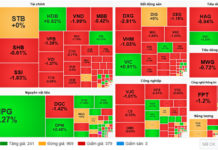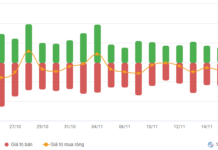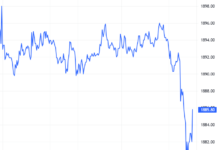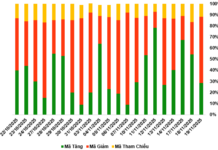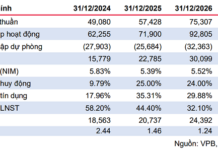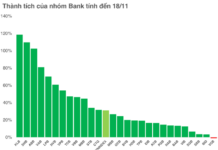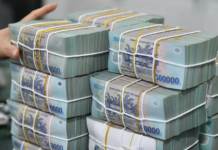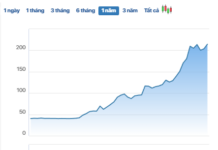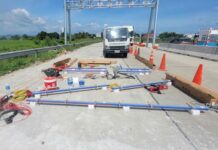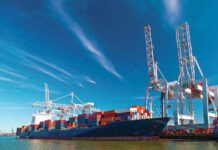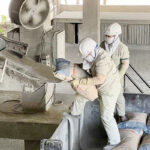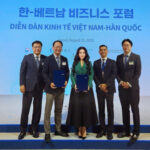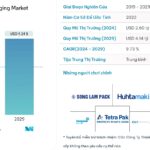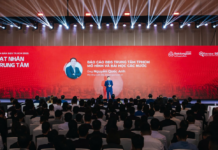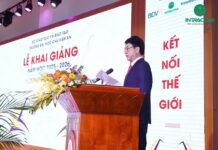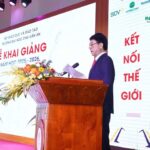It’s cement.
According to the Department of Science, Technology, Environment, and Construction Materials (Ministry of Construction), in the first six months of 2025, Vietnam’s cement production reached 49.8 million tons, an 18% increase compared to the same period last year.
The latest data from the General Statistics Office shows a strong recovery in clinker and cement exports in recent months. Notably, in August alone, export volume reached 3.2 million tons, valued at $122 million. Cumulatively, in the first eight months of 2025, the cement industry exported 23 million tons, worth $866 million, marking a 12.2% increase in volume and a 9.9% rise in value compared to the same period last year.
Experts highlight that cement is a critical and rapidly growing sector, contributing over $5 billion annually to Vietnam’s GDP. This industry not only meets domestic infrastructure demands but also exports to numerous countries worldwide.
Significantly, the cement sector can play a vital role in reducing emissions and addressing plastic waste challenges in Vietnam through a specific solution: co-processing in the cement industry. Co-processing is a scalable solution that safely treats hard-to-recycle plastics in cement kilns, prevents plastic waste from entering the ocean, and replaces fossil fuels (coal) in industrial production.
This topic was extensively discussed at the seminar titled “From Pilot to Policy: Addressing Non-Recyclable Plastic Waste through Co-Processing in the Cement Industry” held on October 3rd.
The seminar highlighted the success of the project “Transforming Ocean Plastic Waste into Opportunities in a Circular Economy” (OPTOCE), funded by the Norwegian government. It also discussed the potential for scaling up co-processing to minimize plastic leakage into the environment, reduce the cement industry’s reliance on coal, and cut greenhouse gas emissions.
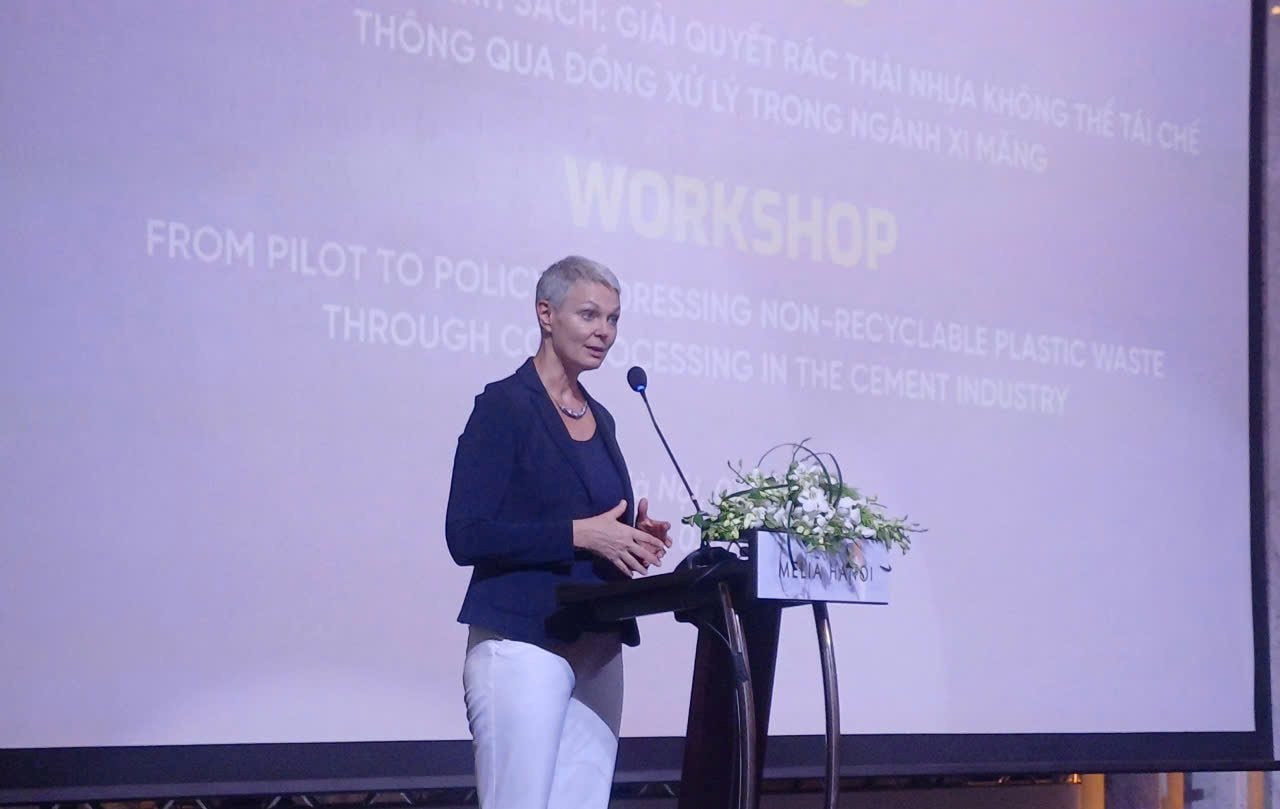
Ms. Hilde Solbakken, Norwegian Ambassador to Vietnam, speaking at the seminar. Photo: VGP
At the seminar, Ms. Hilde Solbakken, Norwegian Ambassador to Vietnam, emphasized, “Addressing ocean plastic waste and climate change is a top priority for Norway, both globally and in Vietnam. Through OPTOCE, we’ve witnessed science-based solutions like co-processing transform plastic waste into a resource benefiting the climate, economy, and communities. Norway remains committed to scaling this approach in Vietnam and across the region, particularly within the Norway-Vietnam JETP cooperation framework.”
According to Ms. Hilde Solbakken, co-processing is economically attractive. A study in India found that co-processing costs only $25 per ton, less than half the cost of traditional incineration ($62 per ton). This method is faster and cheaper for reducing coal use and plastic pollution. This is especially critical in Vietnam, where the cement industry emits over 60 million tons of CO₂ annually, accounting for more than 15% of the nation’s total emissions.
“Co-processing offers a cleaner, climate-friendly solution while supporting Vietnam’s net-zero emissions goal,” the Norwegian Ambassador stressed.
Vietnam’s Cement Industry Can Turn Waste into “Black Gold”
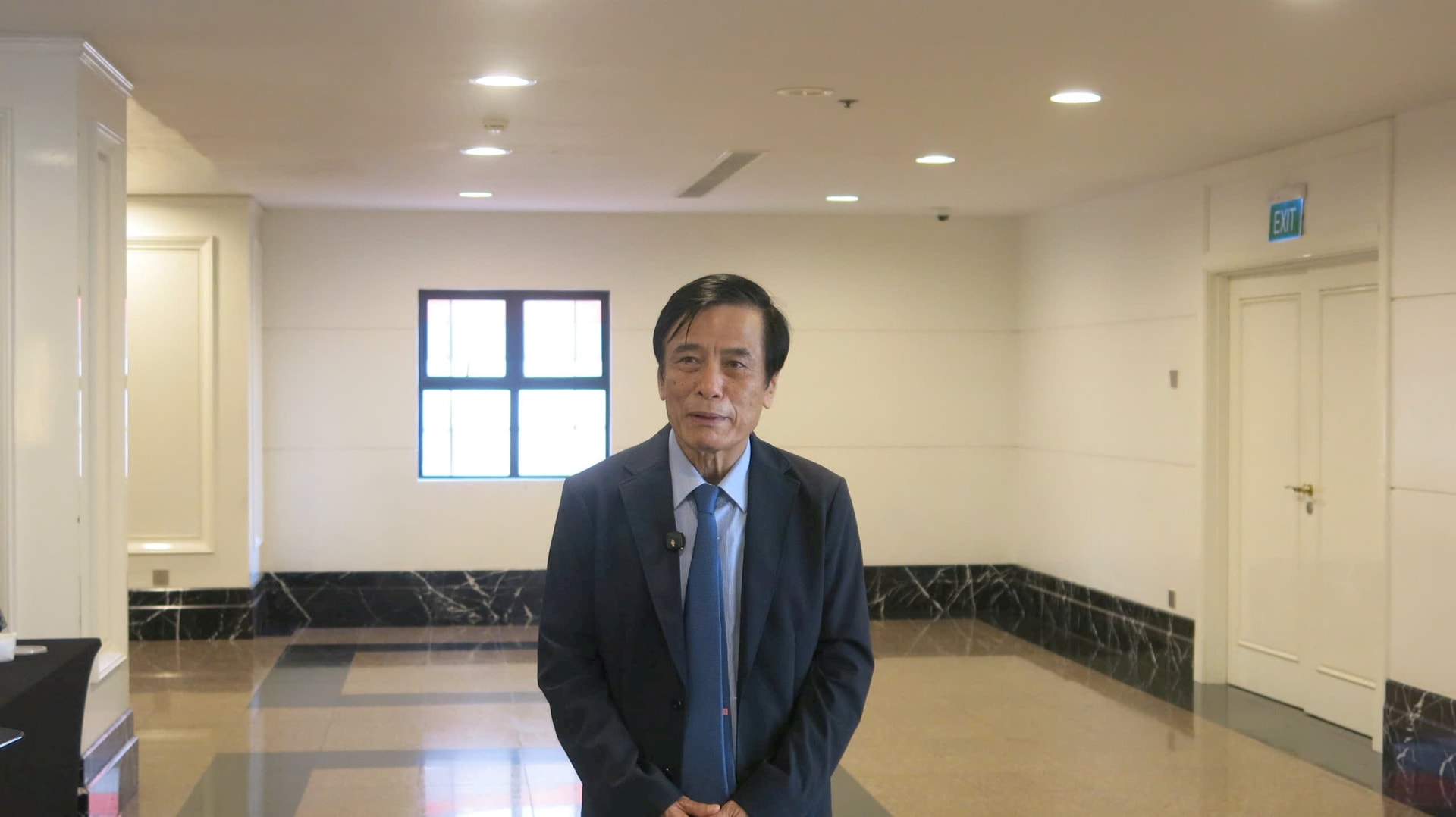
Assoc. Prof. Dr. Lương Đức Long, Vice Chairman of the Vietnam Cement Association, speaking on the sidelines of the seminar. Photo: MH
According to Assoc. Prof. Dr. Lương Đức Long, Vice Chairman of the Vietnam Cement Association, co-processing waste in cement kilns is the safest and most effective solution. The Vietnam Cement Association and cement plants are actively developing co-processing initiatives.
The Vietnam Cement Association seeks collaboration with environmental enterprises to transform waste into alternative fuels. Additionally, it hopes the government will soon finalize incentive policies for co-processing participants and facilitate technology transfer support for businesses.
“With collective determination, we can scale this approach, turning waste into ‘black gold’ and cement plants into ideal co-processing hubs, contributing to a greener, cleaner Vietnam in its developmental era,” the Vice Chairman emphasized.
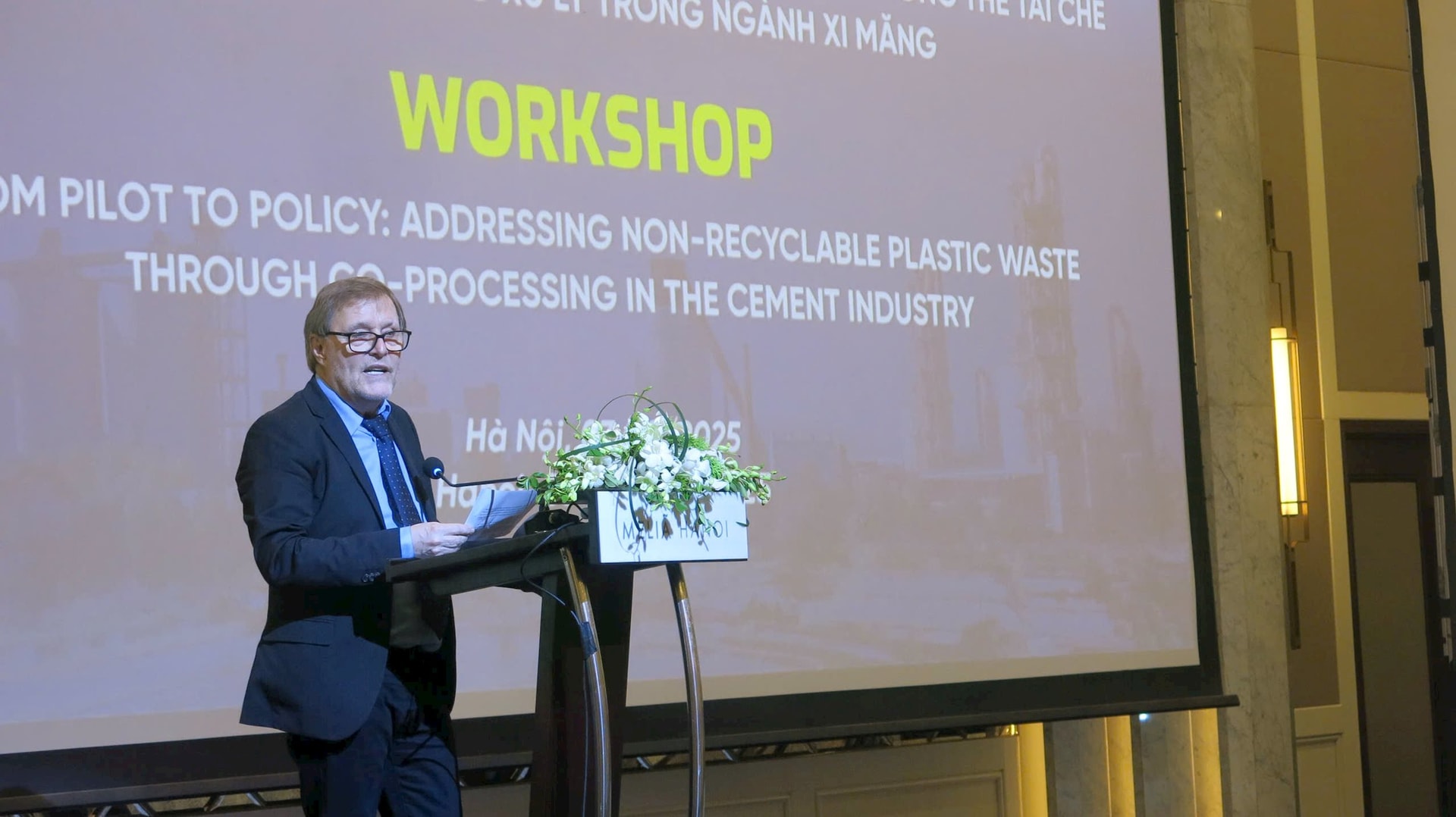
Mr. Kåre Helge Karstensen discussing OPTOCE. Photo: MH
Mr. Kåre Helge Karstensen, Science Team Leader and OPTOCE Program Director, shared that over six years ago, OPTOCE began as a regional initiative. Initially implemented in five countries, including Vietnam, it later expanded to eight Asian nations.
“Today’s success proves that co-processing non-recyclable plastics in cement kilns is not only technically feasible and environmentally friendly but also delivers rapid, large-scale impact. The next step is to move beyond pilot phases and integrate this solution into national policy frameworks for systemic change,” Mr. Kåre Helge Karstensen emphasized.
According to the expert, cement kilns reach extremely high temperatures, completely destroying harmful substances. Instead of generating waste, minerals are directly absorbed into the cement product. Compared to traditional incineration, co-processing prevents methane emissions and avoids toxic fly ash.
“Vietnam has nearly 60 plants and 90 kilns, offering immense potential. However, if a plant is far from waste sources, there’s no justification for using it for emission reduction. Therefore, when plants begin co-processing or waste treatment, they must ensure reliable, nearby waste sources. Typically, a certain amount of waste is generated within a 200 km radius,” Mr. Kåre Helge Karstensen noted.
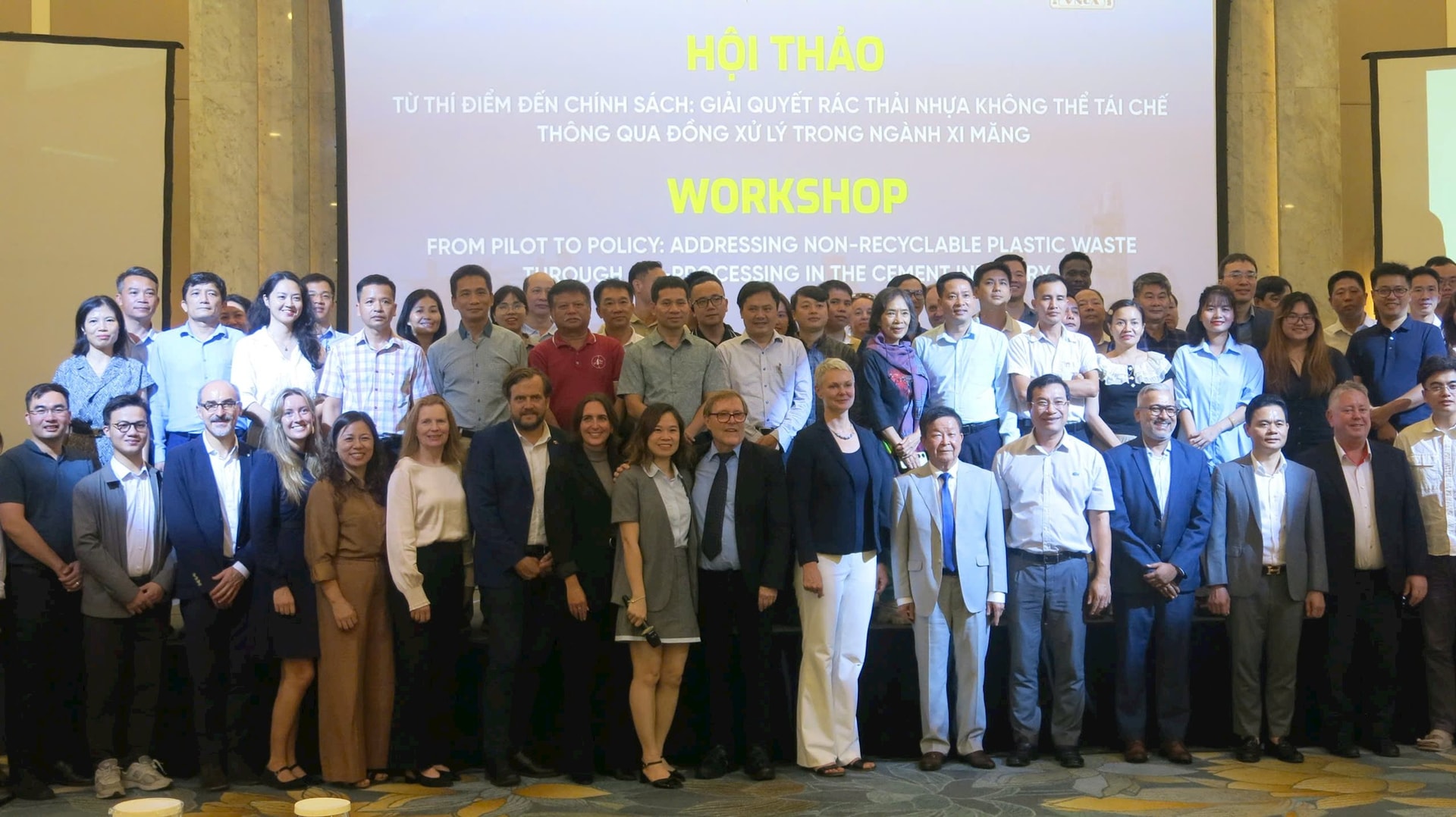
The seminar gathered over 100 delegates. Photo: MH
The seminar “From Pilot to Policy: Addressing Non-Recyclable Plastic Waste through Co-Processing in the Cement Industry” was organized by the SINTEF Research Institute (Norway), the Norwegian Embassy in Vietnam, and the Vietnam Cement Association (VNCA). It brought together over 100 delegates, including policymakers, business representatives, researchers, international organizations, financial institutions, and development partners.
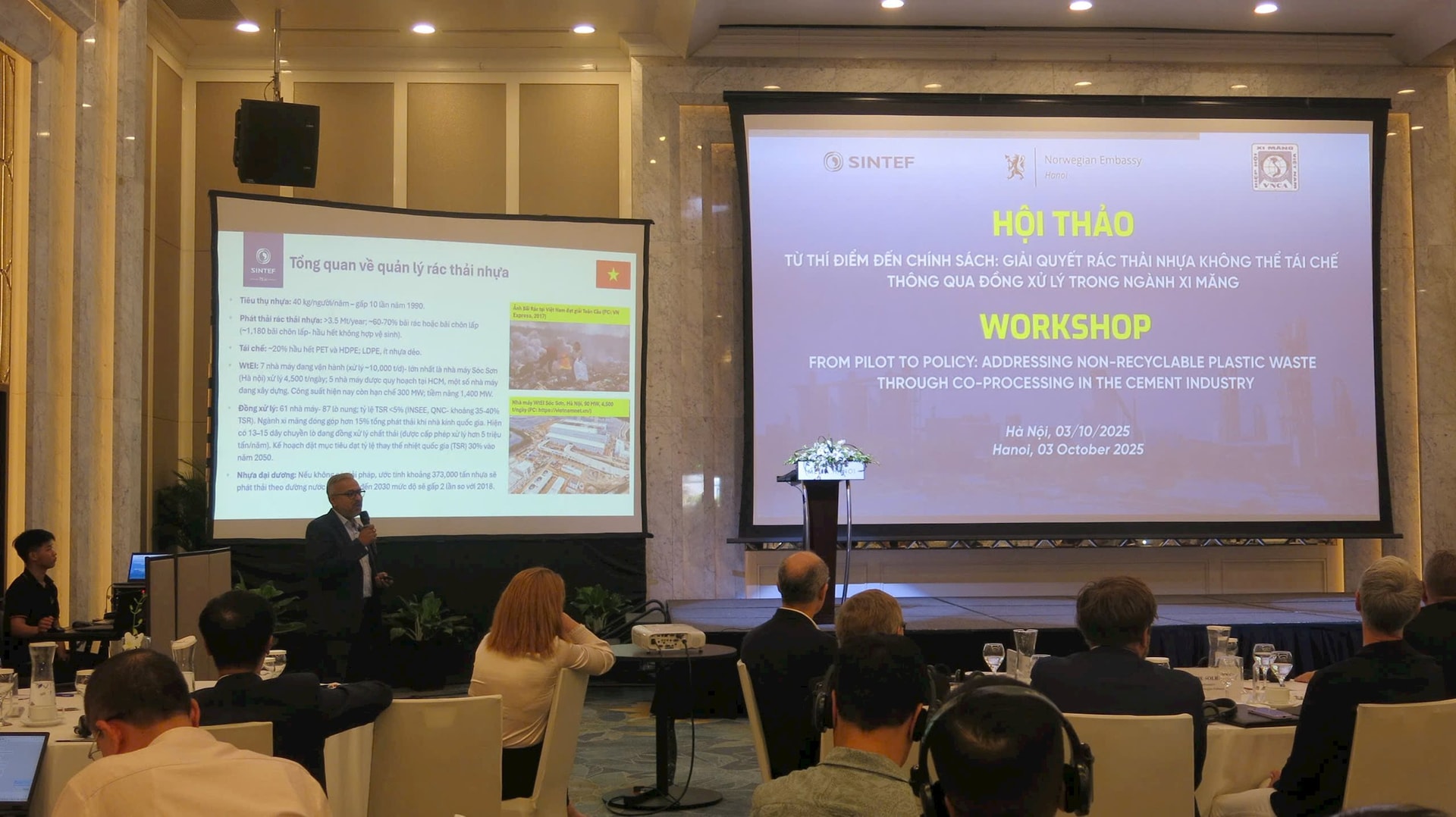
Overview of the seminar. Photo: MH
According to Statista, in 2024, China’s cement production accounted for over half of the global total, reaching 1.9 billion tons. India ranked second, producing 450 million tons. Vietnam surpassed the U.S. and Russia to become the world’s third-largest producer, with over 110 million tons.
Experts note that Vietnam’s cement industry faces oversupply, with a total design capacity of 120 million tons annually, while domestic demand is only around 65 million tons. This has intensified market competition.
The Struggling Cement Business: A Turnaround Tale?
The cement industry witnessed a remarkable comeback this quarter, with many businesses bouncing back from consecutive quarters of losses. This quarter’s results showcased a profitable turnaround, indicating a positive shift for the industry as a whole.
“KN Holdings and Samsung C&T Collaborate on Floating Solar Project”
“KN Holdings is proud to announce its collaboration with Samsung C&T to develop three floating solar power projects, totaling an impressive 864 MW of expected capacity. This partnership aims to provide clean energy to large power consumers, showcasing a commitment to sustainability and innovation in the energy sector.”
The Plastic Box and the Waste Oil: An Unbearable Burden for Nature.
For far too long, used engine oil has posed a significant threat to both the environment and human health. The conventional practice of packaging oil in small bottles, ranging from a few milliliters to a liter, for lubrication and maintenance of vehicles like motorcycles and cars has led to a pressing environmental challenge. It’s time to address this nagging issue and find sustainable solutions.
The $4 Billion Vietnam Packaging Market: Navigating the “Greening” Tide and Securing Orders Amidst Foreign Competition
The Thai suppliers of similar products have an edge when it comes to packaging and could swiftly usurp Vietnamese businesses.


